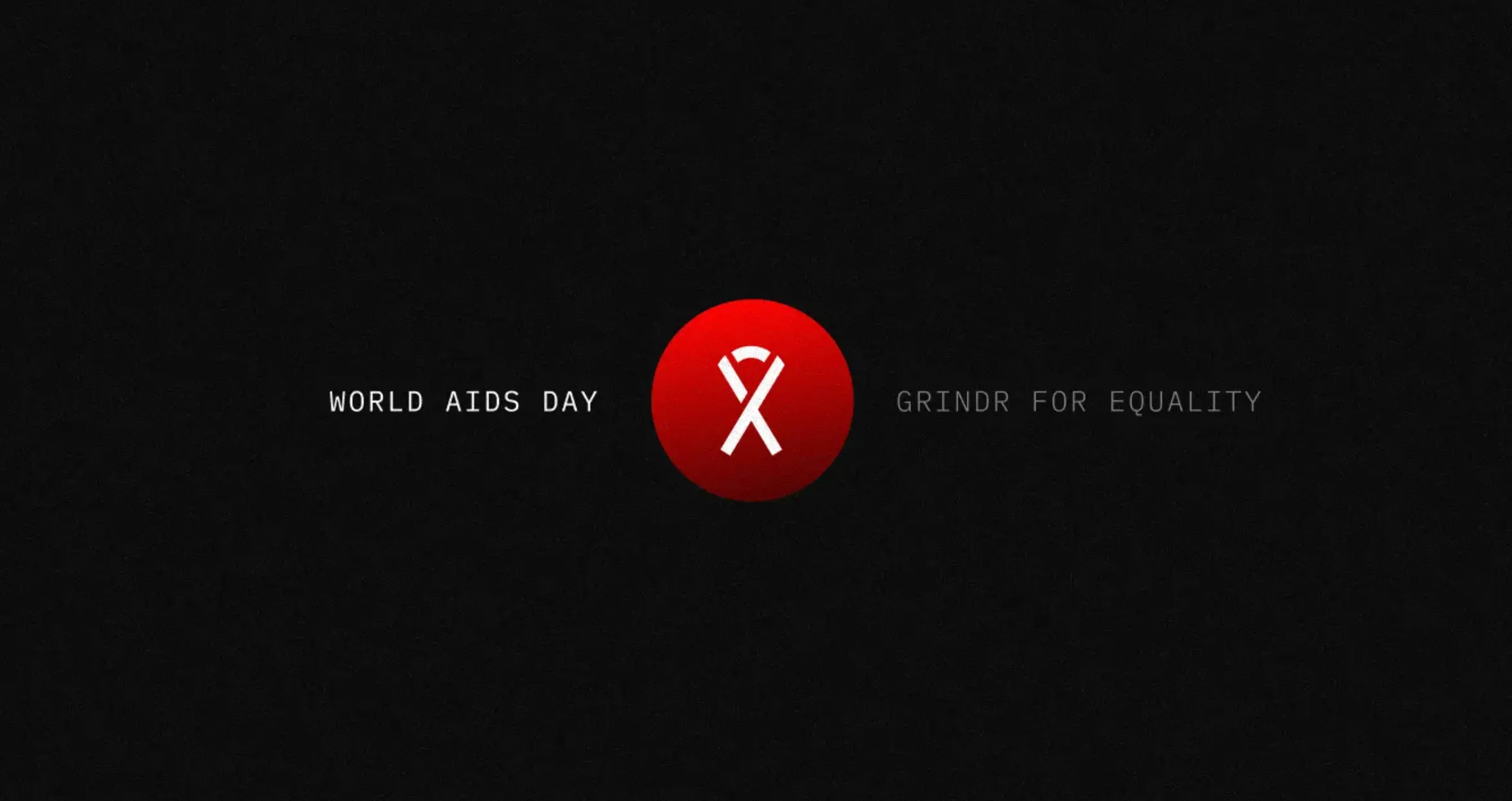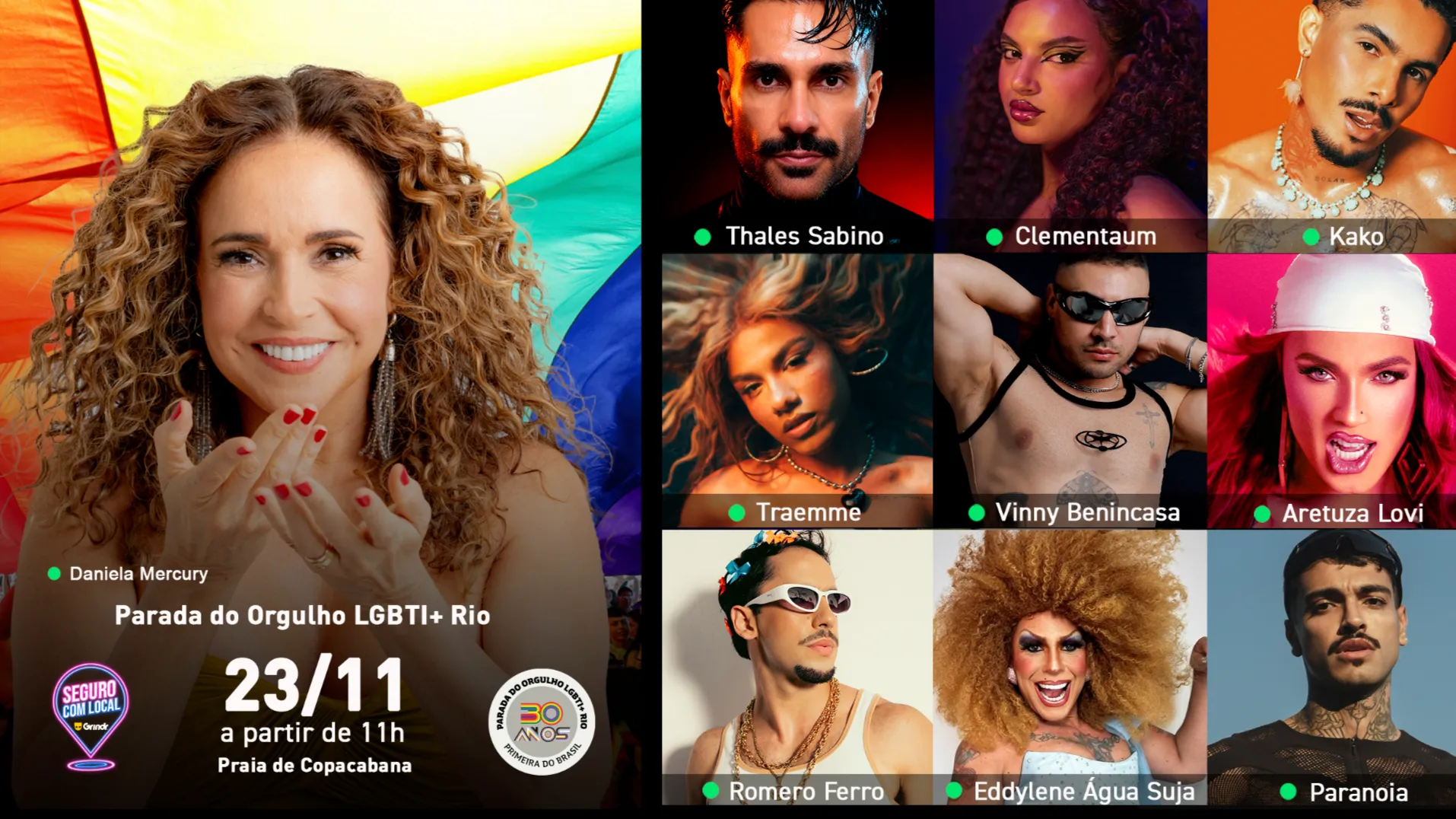Gay Sex Ed: HIV in 2022


There is no denying the progress being made toward HIV treatment and prevention. In 2019, the CDC published that an estimated 34,800 new HIV infections occurred in the United States, representing an eight percent decline in new infections from just four years prior.
This decrease was largely due to a significant decline among gay and bisexual men, where new infections dropped 33% in those aged 13 to 24. According to goals projected by the federal Ending the HIV Epidemic in the U.S. (EHE), these numbers will continue to drop, with hopes to reduce new HIV infections by at least 75 percent come 2025 and by 90 percent come 2030.

HIV educator, researcher, and advocate Kalob Gossett, believes much of this progress can be attributed to the sustained increase in PrEP use. “According to the CDC, preliminary data shows that in 2020 about 25% of the 1.2 million people in the U.S. for whom PrEP is recommended were prescribed it, compared to only about three percent in 2015,” he tells Grindr.
PrEP and Antiretroviral Medications
In Gossett’s opinion, the biggest stride we’ve made in the prevention and treatment of HIV is the confirmation that if a HIV-positive person is undetectable that they cannot transmit the virus to someone else. (Undetectable = Untransmittable.)
“This has allowed HIV-positive people to take back control of their lives and their sex, combats the stigma of having sex with someone who is positive, and gives them a bigger role in HIV prevention,” he says.
This milestone has been made possible by the creation of antiretroviral medications, which became the new standard of HIV care in the mid ‘90s. There are now over 30 antiretroviral medications, which have been categorized into six classes. Each class attacks HIV in a different way with the same objective: to increase T-cells (CD4 cells) and reduce the amount of HIV to undetectable levels (below 200 copies/ml of blood measured).
“HIV is treated with two or three different medications, although those medications can now sometimes be combined into one pill,” Gossett says. “This is because attacking HIV from multiple directions reduces the viral load more quickly, which has been shown to control HIV the best.”
Another leap in HIV treatment came in 2010 when a study confirmed that taking a daily dose of antiretrovirals not only helped those who were HIV-positive, but also could protect people from becoming infected. In 2012, the FDA approved the drug Truvada once a day for pre-exposure prophylaxis (PrEP) which, when taken as directed, can lower your risk of contracting HIV to nearly zero.
Nine years later, the injectable drug Apretude (cabotegravir extended-release injectable suspension) was approved by the FDA. The medication is initially given as two injections administered one month apart, and every two months thereafter.
Gossett is hopeful that, in addition to daily pills and injections every two months, we may soon see additional preventative options like weekly pills, anal and vaginal rings, enemas, and more.
{{video-inline-cta}}
HIV and Race
Despite incredible developments in HIV prevention and treatment, not everyone is equally benefitting from them. According to data published by the CDC in 2019, Black/African American people accounted for 42 percent of new HIV diagnoses and Hispanic Latino people accounted for 29%.
“The reality of a positive HIV test result is terrifying, especially to people of color,” Jacen Zhu, HIV-positive activist and adult actor, tells Grindr. “The stigma faced by Black Gay/Queer person within our community alone leads to lack of access to healthcare, disclosure-phobia and reactionary plans to combat the rising HIV transmissions within our community. It's rough, especially coming from a matriarchal family that suffers the ailments of poverty and being Black. ”
“Thus far, the data shows we are doing a decent job of ensuring white gay men get access to HIV services but clearly what we’re doing isn’t enough for communities of color,” Gossett confirms, adding that communities of color need to be at the forefront of conversations and decisions on new approaches.
For example, you may not know that Black women account for nearly 60% of new HIV infections in US women, yet cisgender women are continually left out of HIV conversations, research studies, marketing of services, and funding opportunities. This means Black women not only experience the barriers of the Black community, but of women as well. “While gay and bisexual men and transgender women need these services, we need to consider everyone in our strategies if we truly want to end the HIV epidemic,” Gossett says.
Despite institutional factors against him, Zhu began proactively attending support groups and welcomed supportive people in his life to empower him and be confident in his HIV status. A wise decision, given research published in 2015 found that support groups are one of many factors that enhance the confidence of people living with HIV. Others being: family support, improved understanding, financial independence, etc.
“When I was diagnosed with HIV things were different, but today, we have advancements in science that support the messaging of Undetectable equals Untransmittble, “ Zhu says. “Personally, I think that's a big win and change for my life and others living with HIV.”
HIV and Porn
In a sex-positive industry such as pornography, one might assume that there is ample support for those living with HIV. But unfortunately, when it comes to bigger studios, that’s not the case.
Understanding that studios will put certain rules and regulations on performers based on their status, award-winning adult actor Brock Banks thinks a lot of them are harsh and outdated, and believes the people fronting these studios could benefit from some education on HIV and prevention.
“Most studios will not pair an undetectable model with a model who is negative, even though undetectable means untransmittable,” he explains. “I will say that the majority of the studios that implement this sort of pairing are straight-owned studios and I think that’s a huge part of the issue.”
However, with the emergence of fan sites like OnlyFans and Just For Fans, it’s become far easier to find informed and enthusiastic performers to film with.
“I don’t have issues finding people who are willing to shoot with me regardless of my status, but I’ve been turned down by a few guys,” Banks says. “And although it’s not a good feeling, I know that it’s not my place to decide what someone else should be ok with when searching for a sexual partner.”
Despite the initial shame he experienced upon his diagnosis 10 years ago, which caused him to avoid sex entirely for over a year, Banks has accomplished things he never thought possible. He’s successful, he’s had incredible sexual experiences, he’s been in healthy and beautiful relationships, and he’s gleaned invaluable insights along the way.
“Being HIV positive changed me forever; it’s made me so strong and fearless and I wouldn’t change it for the world,” he says. “No matter what your status is, what other people think about you is none of your business, so keep your head up and always take care of yourself first.”
Looking to the Future
There are constantly new studies occurring in the realm of HIV, including new medications to determine if they are effective in treating and/or preventing HIV as well as new ways of providing treatment or prevention. While he can’t be sure we’ll ever see a cure, Gossett is confident we will witness HIV evolve from an epidemic to an endemic in our lifetime.
We’ve made substantial progress. In August 2021, Moderna started human trials for a mRNA vaccine that will end in spring 2023. This marks the first HIV vaccine and trial of its kind since all that came before it used an inactivated form of HIV. “Researchers are cautiously optimistic about the outcome of this study, but only time (and data) will tell,” Gossett says.
In the meantime, the best thing we can do as a community is spread the word. “We can empower people to prevent and treat HIV properly by sharing the information needed to take care of themselves,” Gossett says. “Ideally, we could implement an adequate and inclusive sexual health curriculum into our schools, but we all know that is a long shot given the chokehold conservative values have on the United States.”
We should also make an effort to normalize talking about HIV to further destigmatize the subject. You can do this by discussing the last time you got tested, asking your friends if they know about PrEP, and inquiring about the status of sexual partners.
“These conversations can be awkward, but that’s why stigma continues to be so prevalent with HIV and STIs,” Gossett says. “The only way to make the topic less taboo is to have these conversations more often, providing more opportunities for others to learn.”










.gif)
.webp)


.webp)
.webp)










